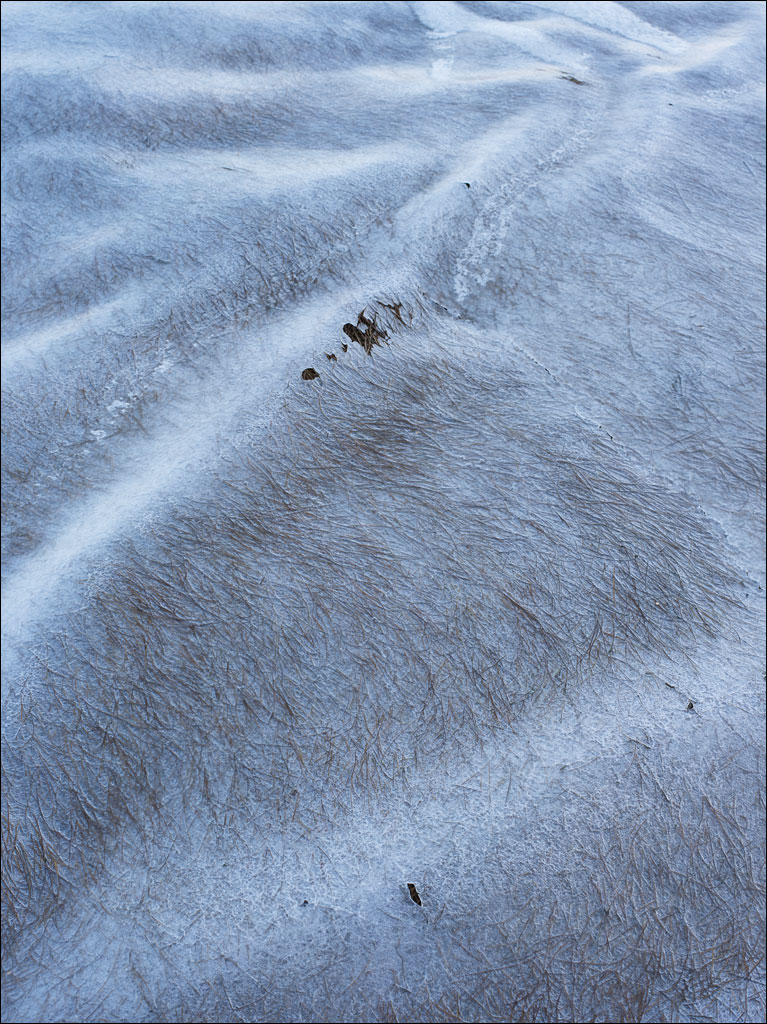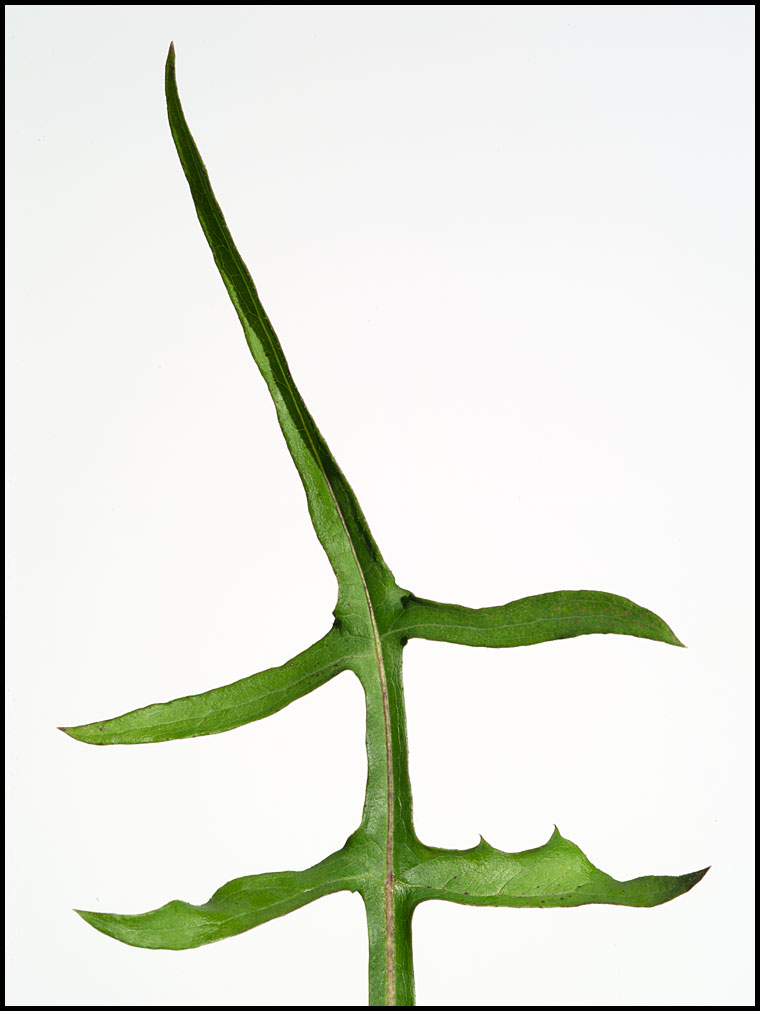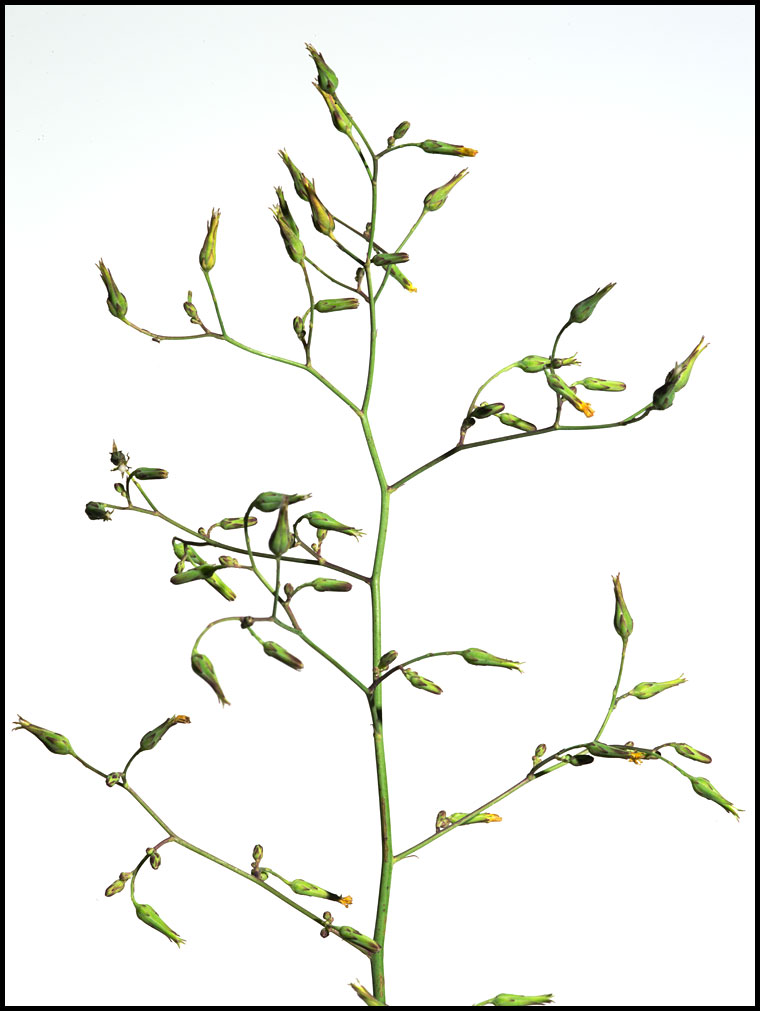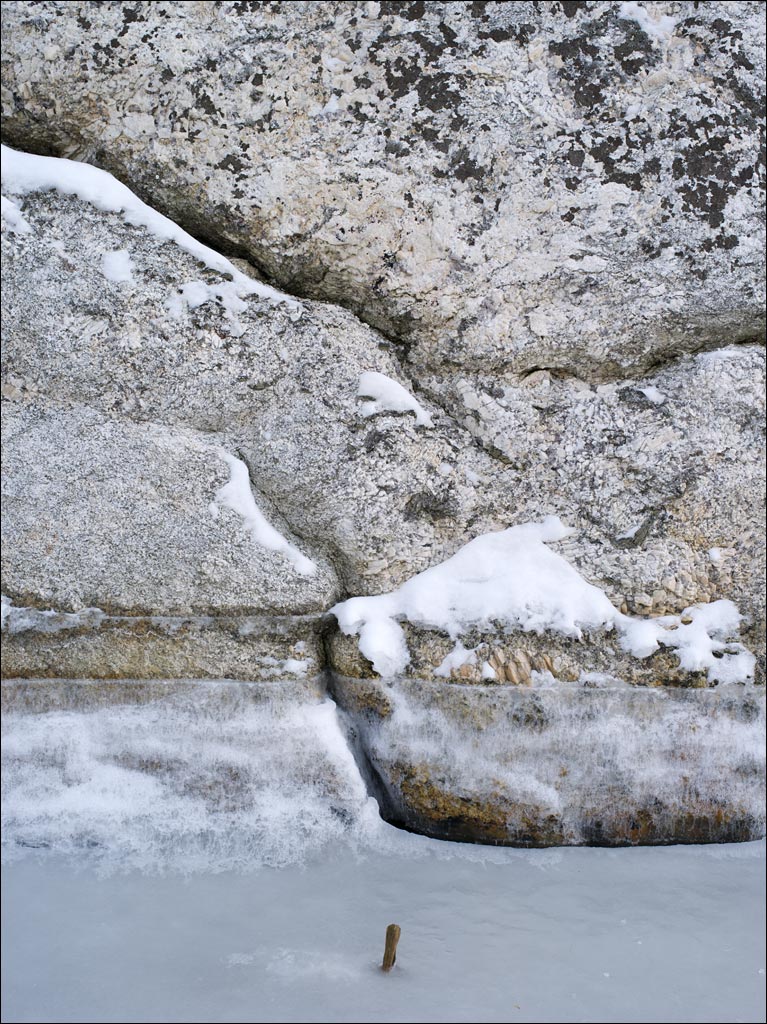
The Futon Daiko festival at Mozu-Hachiman Shrine in Sakai, Japan is an amazing event. Each of the nine towns have their own float, or dashi. Two teams of fifty to seventy men are needed to carry these two and a half ton structures. And they do not simply carry them, but march in a straight-legged gait and sing.
The real trial for these men are the steps, or kaidan, that lead to the main shrine. After carrying the dashi all day, the floats are taken up and down these steps multiple times. It is a dangerous maneuver, but a crowd pleaser. Click on the image for a larger view.












